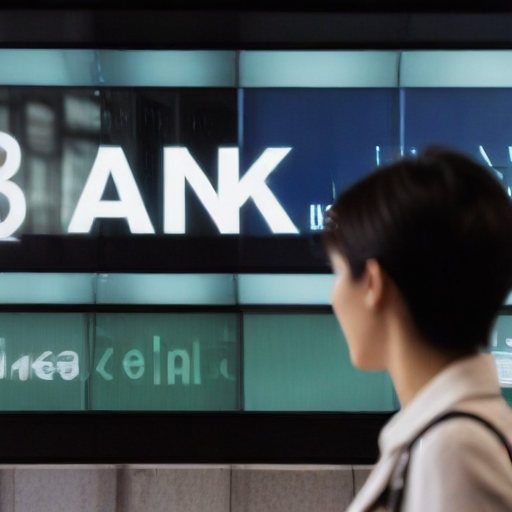As interest rates reach their highest levels in over 20 years and inflation continues to impact consumers, major banks are bracing for potential risks associated with their lending practices.
In the second quarter of this year, prominent banks like JPMorgan Chase, Bank of America, Citigroup, and Wells Fargo increased their provisions for credit losses compared to the previous quarter. These provisions represent the funds banks allocate to cover potential losses arising from credit risks such as delinquent debts or bad loans, specifically in sectors like commercial real estate.
JPMorgan set aside $3.05 billion for credit losses, Bank of America allocated $1.5 billion, Citigroup’s allowance surged to $21.8 billion, more than tripling from the previous quarter, while Wells Fargo provisioned $1.24 billion. This buildup indicates banks are mentally preparing for a more challenging lending environment that could expose them to higher losses from both secured and unsecured loans.
A recent analysis from the New York Federal Reserve reveals that Americans currently accumulate a staggering $17.7 trillion in consumer debt, which includes credit cards, student loans, and mortgages. There is also noticeable growth in credit card issuance and delinquency rates, as many consumers are depleting their pandemic-era savings and increasingly relying on credit, with total credit card balances surpassing $1 trillion for the second consecutive quarter, according to TransUnion.
Financial experts like Brian Mulberry from Zacks Investment Management emphasize that while there is a general recovery from the COVID-19 pandemic, the banking industry and consumer welfare are heavily influenced by the stimulus measures implemented to support consumers during the pandemic.
Mark Narron from Fitch Ratings explains that the current provisions reflect banks’ future expectations rather than past credit quality. He anticipates challenges as banks foresee a slowdown in economic growth, a rise in unemployment, and expected interest rate cuts later this year, suggesting that these factors could lead to additional delinquencies and defaults as the year ends.
Citi’s CFO, Mark Mason, highlighted a concerning trend, noting that the impact of rising inflation and interest rates appears to be affecting lower-income consumers more sharply. There’s a noticeable divide in savings behavior across different income brackets, with only the highest-income quartile maintaining increased savings since early 2019.
Despite these warnings about potential defaults, the immediate outlook does not indicate a consumer crisis. Mulberry pointed out the difference between homeowners and renters during this tumultuous period. Homeowners who secured low fixed-rate mortgages are relatively insulated from current economic pressures compared to renters who face increased living costs without the same financial safety nets.
With economists observing that the financial sector remains robust, notable indicators of strength persist. There are ongoing signs of healthy revenues, profits, and net interest income within banks, suggesting the financial system is resilient at this point.
The ongoing monitoring of these trends is crucial as they can help mitigate future risks to both consumers and banks alike. The current challenges also highlight the importance of financial education and management, especially for those in vulnerable positions. As banks demonstrate resilience and consumers adapt, there is hope that with the right policies and support, economic stability can continue moving forward.
